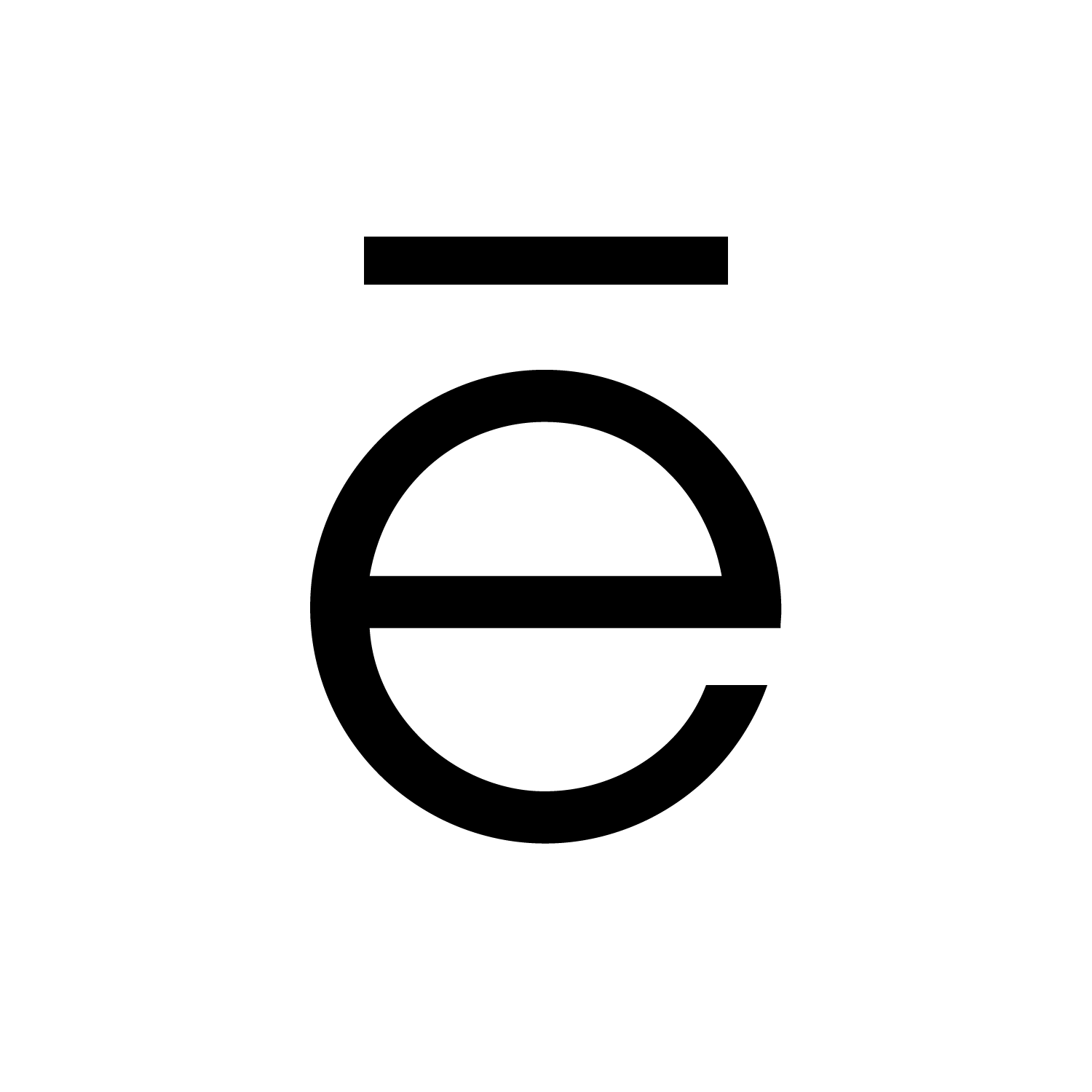Skeletal Class II Case: Extractions and Lingual Braces
The treatment of skeletal Class II malocclusion is one of the most common challenges met in orthodontic practice. Explore our latest patient journey to know which option e-LINE chose among all the alternatives to treat this complex case.
The Case:
Our 24-year-old male patient came for an initial consultation as he had recently started a new job and he wanted to improve the aesthetics of his smile. He strongly rejected visible braces and/or the orthodontic-surgical approach.
Findings:
High angle asymmetric Class II malocclusion
Moderate upper and lower crowding
The anterior open bite with a reverse upper occlusal curve and the severe discrepancy in the levels of the upper incisors (consequence of adaptive tongue thrust)
Treatment Options:
Upper and fixed appliance, extraction of the upper second premolars and then Bimaxillary orthognathic surgery (approx. 32 months treatment time).
Upper and lower fixed appliances with the extraction of four premolars (approx. 24 months treatment time).
Upper and lower fixed appliances, non-extraction with intrusion of upper posterior teeth with skeletal anchorage (approx. 32 months treatment time).
Upper fixed appliance for smile alignment / accept the anterior open bite(approx. 12 months treatment time).
Agreed Treatment Plan and Discussion:
It was decided that fixed appliances would be required for this complex case. The patient would not have labial braces due to the aesthetics and visibility of the braces. We, therefore, adopted lingual braces but this would make the treatment more challenging from a technical standpoint.
The patient did not want any surgical intervention either and we were confident that the open bite could be closed with the premolars extraction. Therefore option 2 was chosen.
We decided to remove second premolars as this would help to close the open bite due to the hinge effect of extracting further back in the mouth.
The customised lingual braces used were from 3M: Incognito. We had explained to the patient that he would need some labial buttons to aid space closure as well as the use of elastics.
With lingual braces, in our hands the treatment can take up to 12 months longer than with visible braces, especially in high angle extraction cases.
The Treatment and Challenges:
This was a complex case, especially using lingual braces and extractions. Furthermore, the anterior open bite is one of the most challenging malocclusions in orthodontics.
We had many difficulties in this case, particularly with the control of the lower curve of spee. The customised lingual appliances were not performing as prescribed and after 18 months, the braces were removed and re-set up. The issue we have with customised lingual bracing is that brackets are very difficult (if not impossible) to be repositioned and the archwires are pre-formed. The lingual slots are smaller and therefore sliding can be a problem, especially in the lower arch where calculus in the lower incisor region can prevent or slow down movement.
In this customised approach, the wires are pre-formed and given by the manufacturer. There was too much friction in the system to allow consistent sliding and closure of the extraction spaces. This was particularly evident in the lower arch. We had to customise our own wire and use smaller dimension round wires 0.016’’ stainless steel to aid space closure.
This means constant hygiene instructions and meticulous interdental cleaning in the lower lingual area is imperative. Waterpik type of devices can be a useful tool for lingual patients.
Once the spaces had closed we used up and down elastics to aid lateral open bite closure. The elastics were worn on the lingual aspect, to be as discreet as possible.
The Results:
For such a challenging case, we achieved a really nice result for this patient. We have good smile aesthetics, his occlusion is excellent and he did not have to consider orthognathic surgery.
Like all open bite cases, stability is the key factor. The prognosis is good as the malocclusion was primarily dental in origin and this has been corrected. The tongue will adapt to its new environment and the adaptive thrusting should regress.
Doctors:
Specialist Orthodontist: Dr Kaval Patel
Specialist Orthodontist: Dr.Carmen Costea










